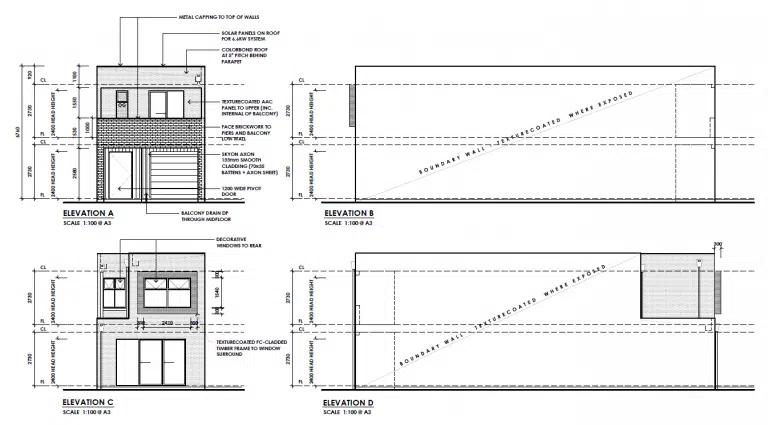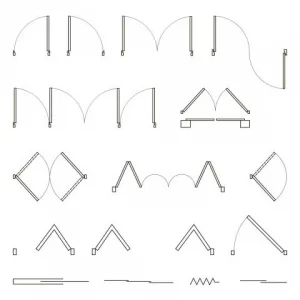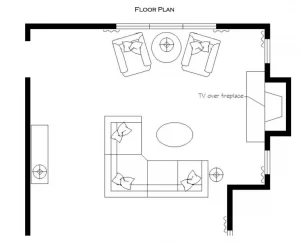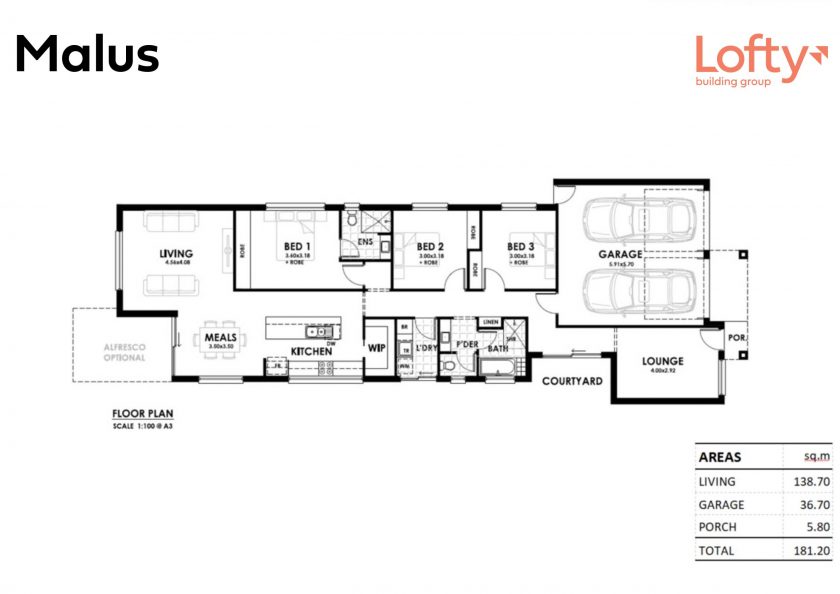
How to read a basic floor plan
Just like everything in the home building process, wrapping your head around floor plans can be challenging for the untrained eye. There are lots of symbols, numbers, and lines to interpret, and it can be overwhelming at first glance. By learning how to read a basic floor plan, you can understand the way your new home will work for your individual needs, and be able to request changes with your builder. Here we break down how to read a floor plan, to help you make the right choice with your build, and to ensure you don’t miss a beat.
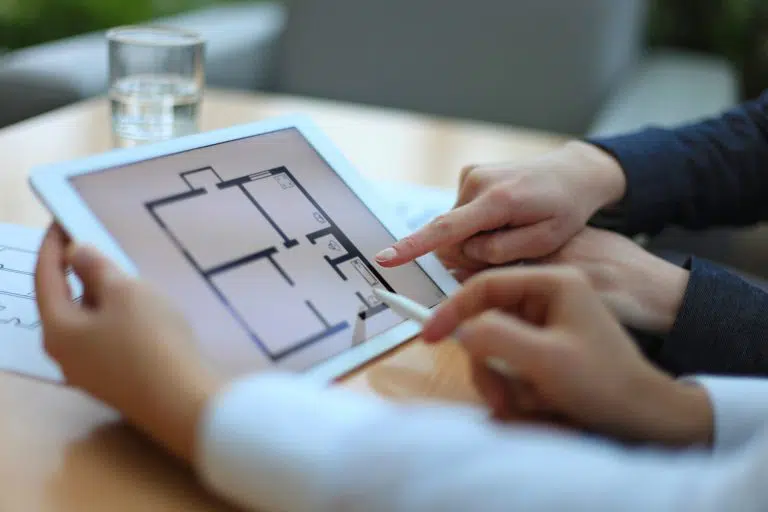
SO, WHAT IS A FLOOR PLAN?
In its simplest sense, a floor plan shows a birds-eye view of a house, and the relationships between the rooms, spaces, and features like fireplaces and sinks. It’s essentially a map, showing all the details including walls, doors, staircases, and other physical features of a building or home.
Floor plans aren’t quite as detailed as other plans needed in the building process, like electrical and plumbing plans, and aren’t detailed enough for a builder to actually construct a home from, but they serve the purpose of allowing you to understand the overall space of a building and help you visualise how people will use and move through the space. Floor plans make it easy to check if your space will be suitable for its intended purposes, and if you know how to read them correctly, will help you and your builder make the right changes to ensure the building is functional for you.
Floor plans typically include elements like walls, doors, windows, stairs, just about everything structural about a home. They can also include the location of fixtures like sinks, toilets, and bathtubs, but don’t usually include things like furniture. Sometimes furniture is included to demonstrate a room’s size or to show how to best configure the space.
Floor plans are drawn to scale, which means you will get an accurate representation of the different sizes of rooms in relation to each other. Some floor plans will also include dimensions, to give you a general overview of the length and width of spaces, which can be useful to know when working out what furnishings will fit in the space.
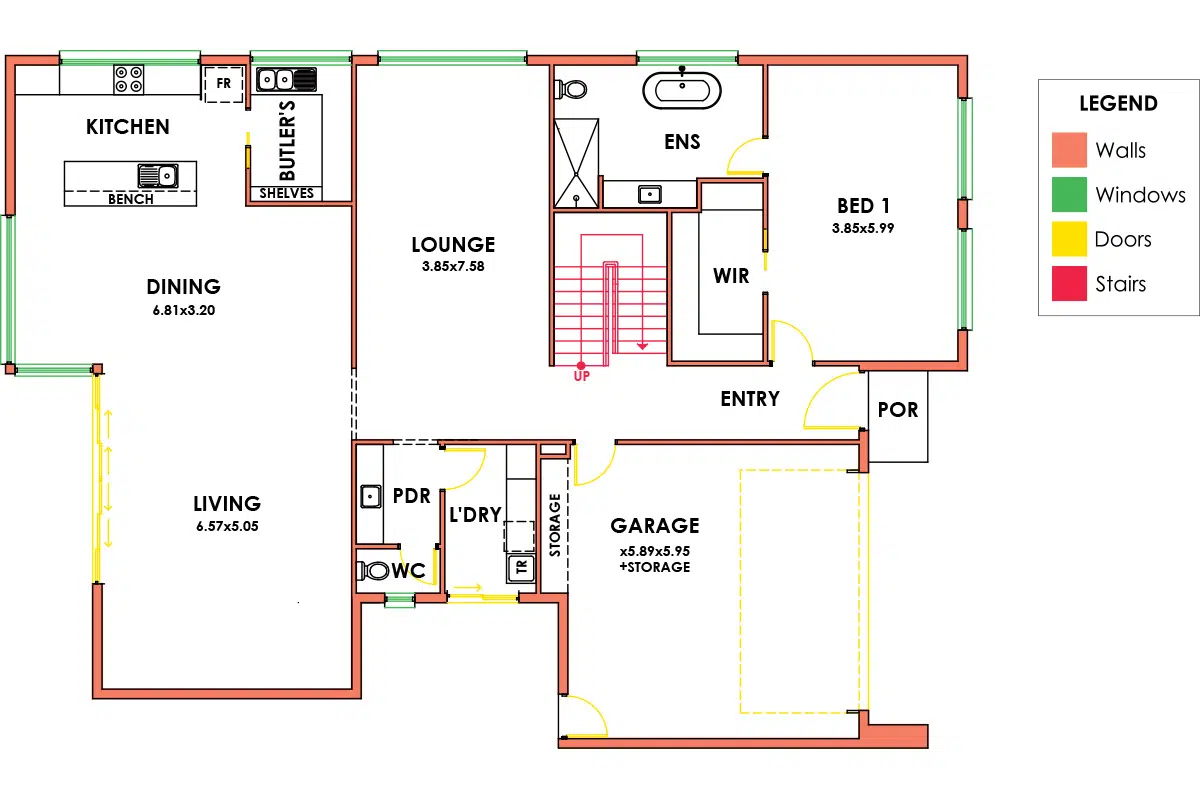
There are so many different details that are included in a floor plan, so designers and architects will use various lines and symbols to indicate different features. Let’s break some of them down:
WALLS
Walls are drawn as two parallel lines, where the exterior wall is thicker than the interior wall.
DOORS & WINDOWS
Regular single doors are generally drawn as a right-angle line with an arc that connects to the wall. The location of this arc will indicate what way the door will swing open. There are lot’s of different sorts of doors, check out the plans above to see a few different types. Windows are typically denoted by three parallel lines (see green highlights in the plan above).
STAIRS
Staircases are drawn on a floor plan as a series of rectangles. An arrow indicates which direction the stairs will go.
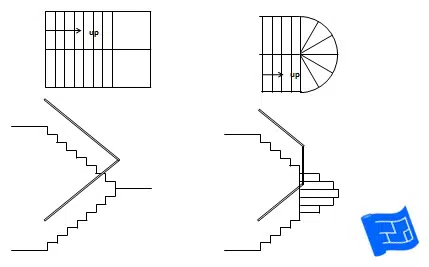
FIREPLACES
Fireplaces are shown as an outer rectangle, which indicates the whole space the fireplace will take up, and a smaller rectangle that’s indicative of the actual firebox.
KITCHENS
Kitchens are normally pretty easy to spot on a floor plan. You’ll notice things like where the fridge will go, the location of the oven, fridge, dishwasher, as well as benches and cabinets.
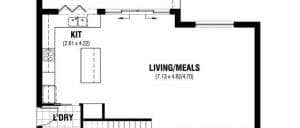
While floor plans can be used as a rough guide to understanding the general layout and spacing of a home and provide a lot of information, they are only one-dimensional and don’t demonstrate the actual feel of the home, and how liveable the space will be. The floor plan is merely step one in the design journey, with walkthroughs and display homes more accurately showcasing what an actual home design will look and feel like.
If you are struggling to understand your floor plans, get in contact with Lofty today and let our friendly team help you. Or if you’re ready to put your new knowledge to the test, peruse our plans here.


